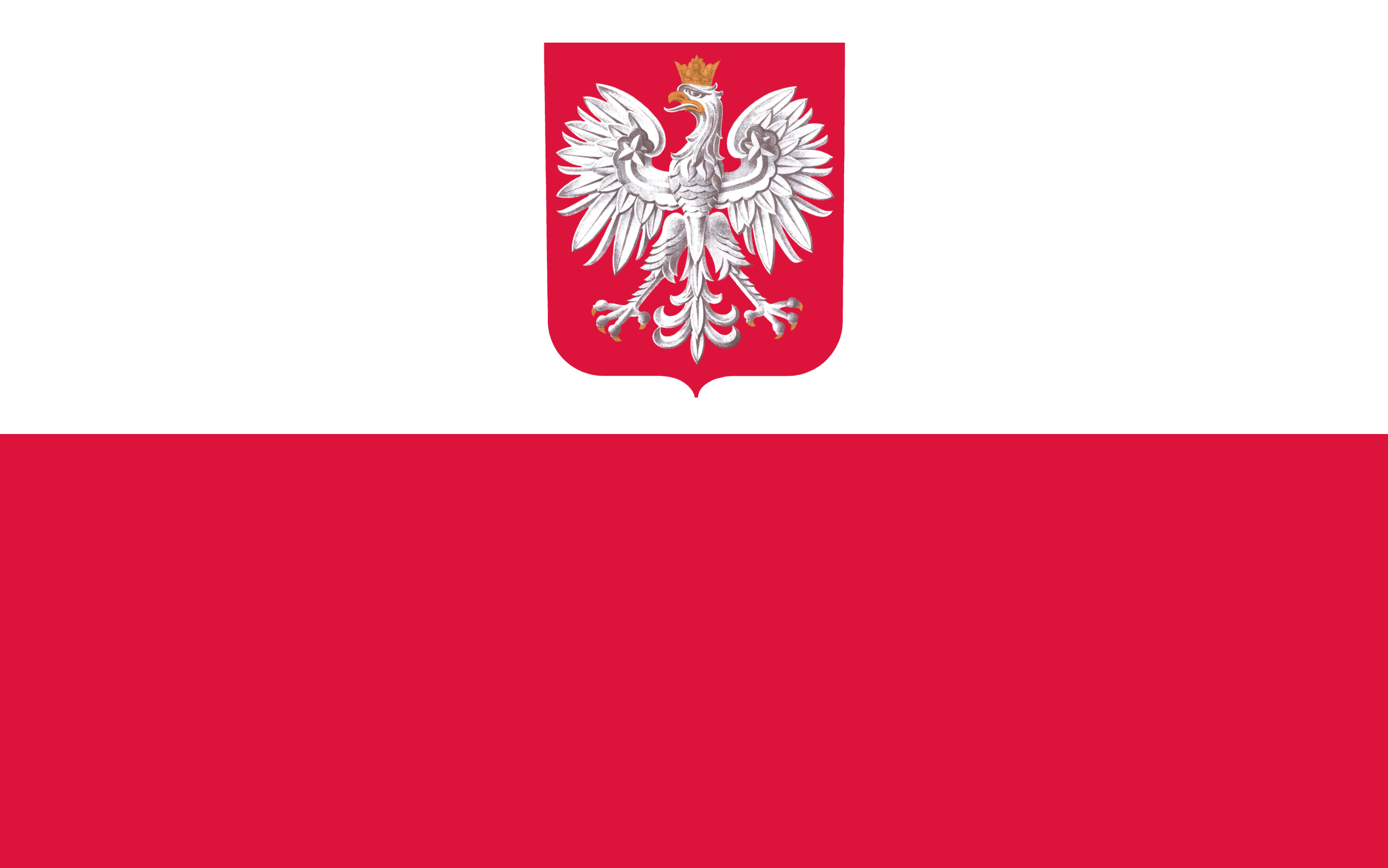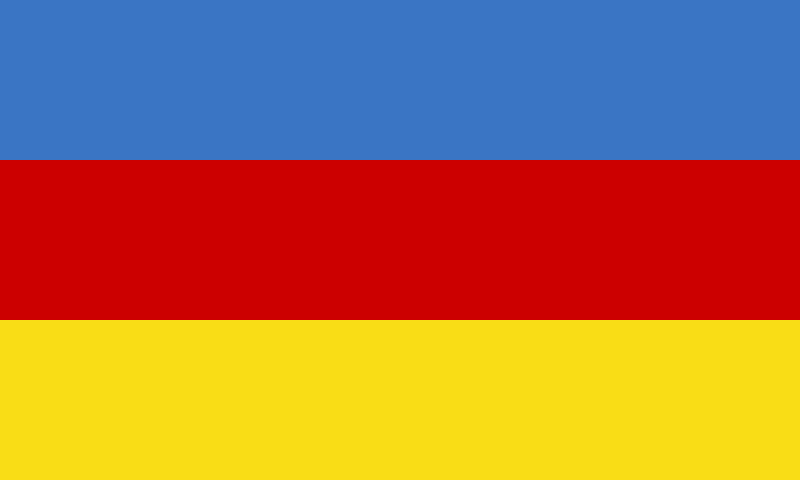A Brief History of Galicia: The Polish Era
The Polish Era lasted from 1340CE-1772CE. 1340 began with the assassination of Iurii II and the entry of Polish armed forces under King Casimir. In 1387, Poland annexed the former Rus’ kingdom of Galicia, which was transformed into a palatinate (wojewodztwo) within the Kingdom of Poland. Polish administrative structures and Polish laws were gradually introduced. Polish cultural influence, effected by the use of the Polish language and the presence of the Roman Catholic Church, grew in importance, most especially in L’viv (Lwów), the region’s political center.
Galicia was known initially in Polish as Ziemia Ruska (Rus’ land), and the administrative center remained in L’viv. The Rus’ palatinate was divided into 4 administrative territorial units: L’viv, Halych, Przemysl, and Sanok. Chelm was added in the 16th century.
Noble status was important in Poland. The Boyars who were loyal to Poland were assimilated into Polish culture, yet retained Rus’ faith. Others became fully assimilated by converting to Catholicism. We are not sure what happened to those who did NOT assimilate into Polish culture, and we probably do not want to know.
This era saw an increase in numbers of Germans, Poles, Armenians, and Jews who emigrated into Galician lands, turning it into a true melting pot of Europe. It is not known how many, if you will pardon the expression, "mixed marriages" occurred during this time, but the number is definitely greater than zero, leaving one to wonder just what it means to be "Ukrainian" or "Polish" when one's ancestors came from Galicia. This probably did not matter much to our ancestors, as serfdom the norm by the end of the 16th century. Not much time to be self-reflective when there are potatoes and beets to be harvested for the rich man in the big house.
From Magocsi: "The early centuries of the Polish era, at least until the mid-seventeenth century, brought economic prosperity to Galicia. International trade routes continued to flourish, connecting Galicia with the Ukrainian steppe in the east, with Cracow and central Europe in the west, with the lower Vistula River and the Baltic Sea to the north, and with the Hungarian Kingdom to the south. Protected by Polish military might and enriched by the growing wealth of the country's grain exports, Galicia's cities maintained prosperous commercial and artisan activity until the mid-seventeenth century." I would argue that being unified under the protection of Poland's army led to this era of economic expansion. This is something that simply was not possible under the loose confederation of fiefdoms that existed under Ukrainian rule. Similar situations existed in western Europe, with France, Spain, and England respectively united under their monarchies, while (what is now present-day) Germany and Italy remained fractured and vulnerable.
One consequence of Polish influence included making Latin the official language of administration. This definitely muddied not only the religious waters, but the cultural as well. To give a real-life example of this, we have the copy of a baptism record from Anna Skowron. On this record, the religious rites are in Latin, the bureaucratic information is in Ukrainian, and the handwritten information is in Polish! Now, think about this--Latin and Polish use the same script that we use here in the United States. Ukrainians, however, use the Cyrillic script. I guess if you spoke Polish, so long as you understood the Ukrainian words for "cold beer," you got along just fine.
Something interesting came out of the merging of cultures: a completely new church. Known as the Uniate Church, it combined Eastern Orthodox practices while recognizing the Pope rather than the Patriarch as the supreme authority. Part of this happened because the Polish king outlawed the Orthodox religion for a period of time before making it legal again in 1648. But the whole religious aspect of Galicia is...complicated.
Here is another passage from Magocsi: "Galician society during the Polish era was divided into several social strata, or estates, that essentially coincided with different ethnic groups. The Ukrainians comprised the vast majority of the enserfed peasant masses as well as a small number of Orthodox and later Uniate clergy. The traditional Ukrainian elite, that is, the few magnates and large number of gentry who had at least retained their ancestral Orthodox faith before the Union of Brest, rapidly converted to Latin-rite Catholicism and assimilated totally into Polish culture during the seventeenth century. This process was less prevalent among the petty gentry (especially in the villages, many of whom remained adherents of the eastern church and continued to use Ukrainian in their everyday lives. As for townspeople, they were primarily Jews and smaller numbers of Armenians and Germans who dominated urban and small-town commercial and artisan activity. The Poles, including some rural peasants and urban dwellers, dominated the administrative/noble estate, which was made up either of individuals who had immigrated from western Polish lands or of local polonized Ukrainians."
I quoted the above paragraph in its entirety because he does a better job of explaining this than I could. But what it all boils down to is this--we, the Zines' and Skowrons, are Galician. We know that a branch of the Skowron family came from Ukraine. We know that those who came to America brought the Polish language and Roman Catholicism with them. But after reading the above paragraph, the traditions our family practices now may only go back a few generations in Europe.
All good things must come to an end, and as it was with the Ukrainian domination of Galicia, it was with the Poles. Enter the inbreeding champions of Europe, the Habsburgs and the Austro-Hungarian era.
References
Hann, & Magocsi, P. R. (2005). Galicia : a multicultured land (Hann & P. R. Magocsi, Eds.). University of Toronto Press.
Magocsi. (2002). The roots of Ukrainian nationalism : Galicia as Ukraine’s Piedmont. University of Toronto Press.


